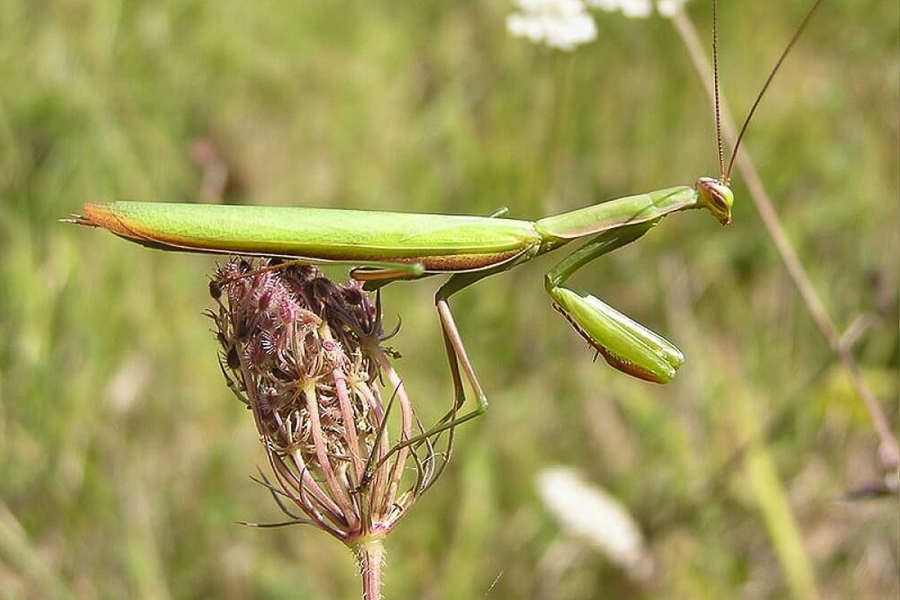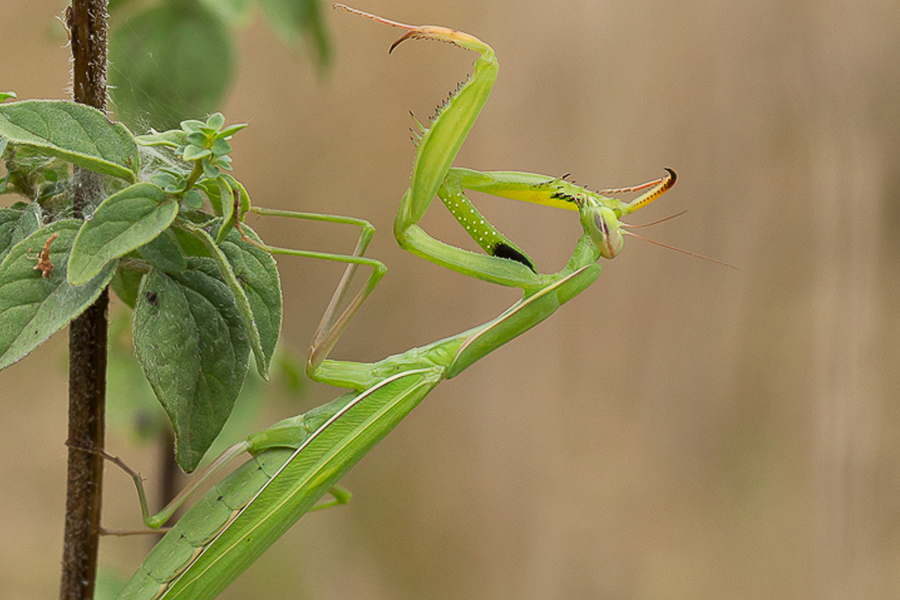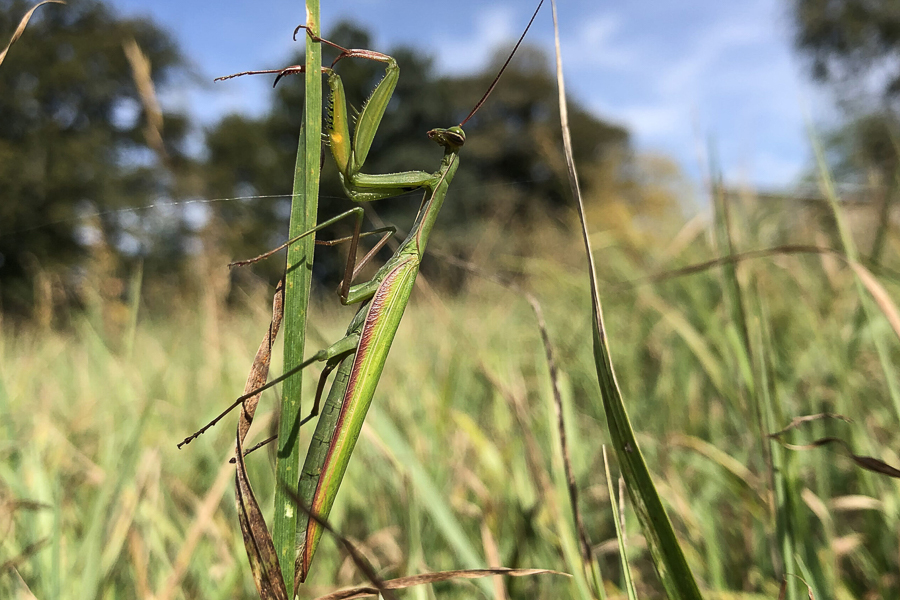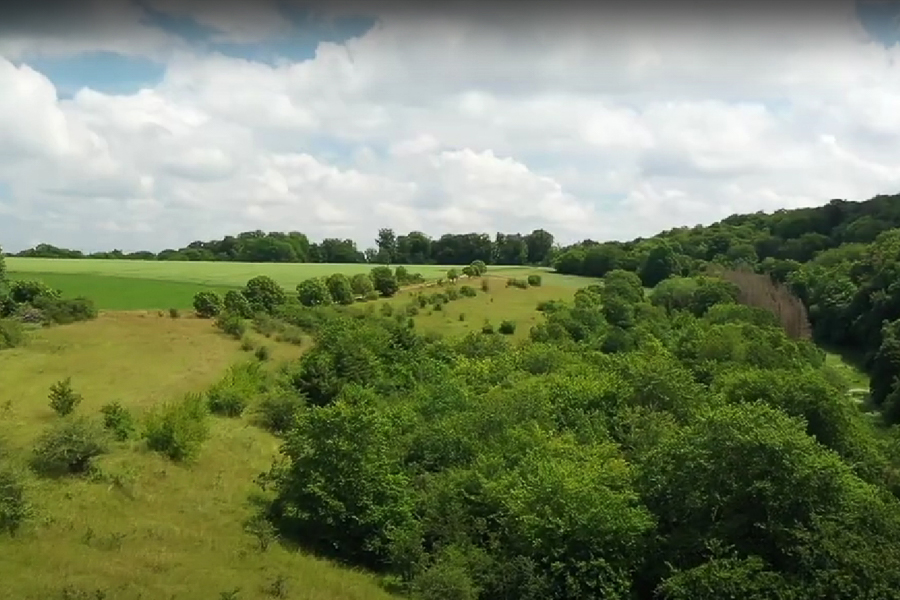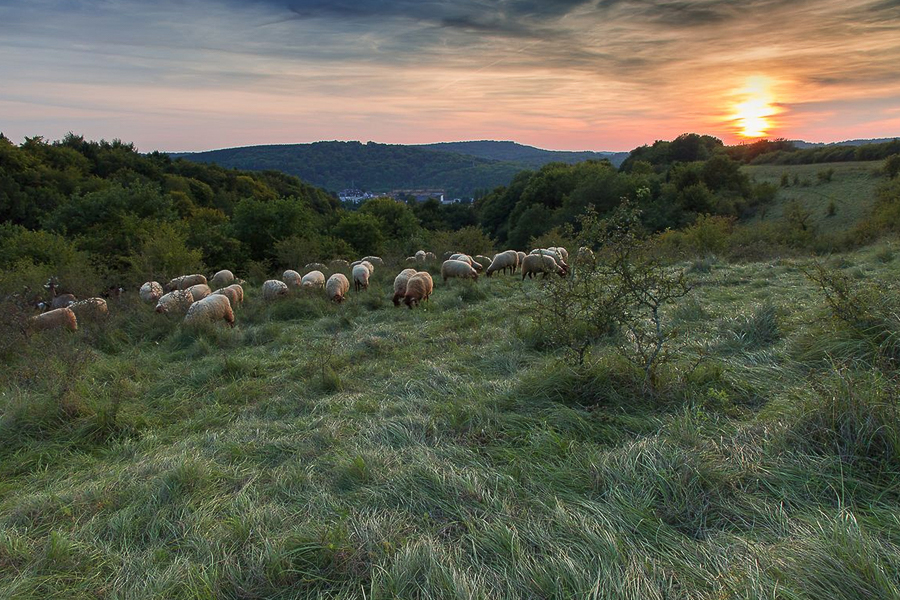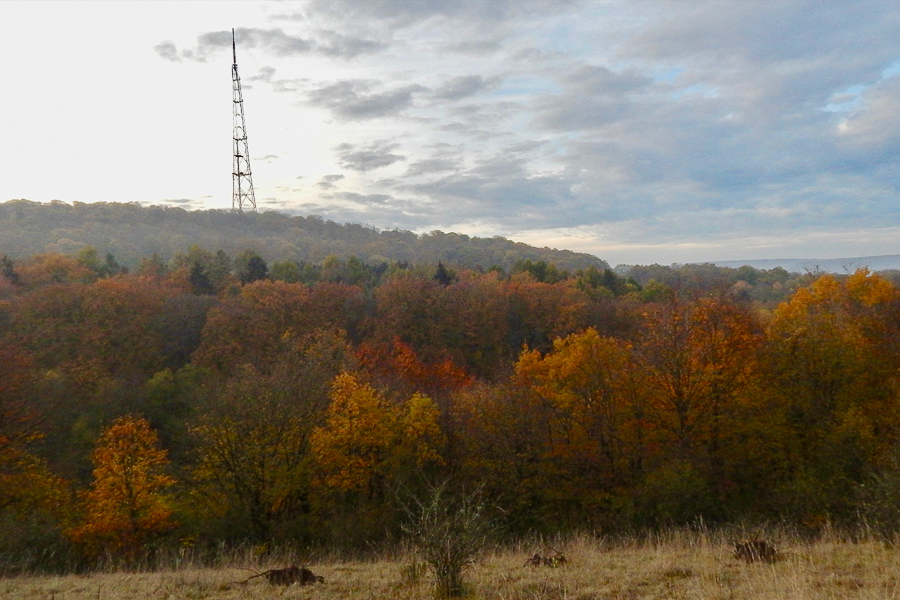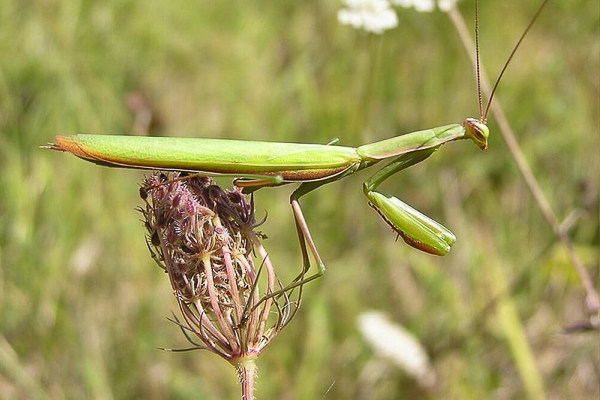 Credit: natur&emwelt
Credit: natur&emwelt
Luxembourg has what is known as a Temperate Climate in which winters are generally mild and summers comparatively cool, with rainfall that can be high; its flora and fauna have thrived in, and adapted to, this climate over the centuries and millennia, with ongoing challenges due to pollution and recent climate change, as well as the introduction of non-native species, resulting in disruptions to the norm.
Nevertheless, with various initiatives and organisations helping the ecosystem and habitat, including sustainability and re-wilding, there is a lot happening in nature across the Grand Duchy.
Chronicle.lu has teamed up with natur&emwelt (the non-profit organisation (naturemwelt), the foundation (Hëllef fir d'Natur) and the Wildlife Care Centre (Flegeestatioun)) for a series of articles on Luxembourg's fauna in which we look at various mammals, birds, insects, amphibians and aquatic animals, as well as touching on vanishing species returning to Luxembourg, focussing on their lifestyle and habitat, including when and where to observe them.
No. 19 in this series focuses on the Praying Mantis (Mantis religiosa).
The praying mantis is one of the most fascinating and recognisable insects, known for its unique "praying" posture and predatory behavior. With its striking appearance and expert hunting skills, it holds a special place in both nature and culture.
The praying mantis is a medium-sized insect, measuring 6 to 12 centimetres in length. It has a long, elongated body and triangular head that can rotate 180 degrees, providing an almost panoramic view. The mantis's front legs are modified into "raptorial" limbs, which it uses to grab and hold prey. These legs are spiny and efficient for capturing insects like flies, grasshoppers, and even small vertebrates. Its colour is typically green or brown, which allows it to blend into its surroundings like grass, leaves, and shrubs. This camouflage helps it ambush prey.
Lifestyle
Mantis religiosa is a carnivorous insect that preys on a wide variety of smaller animals, including insects, spiders and sometimes small amphibians or reptiles. It is known for its sit-and-wait hunting strategy, remaining motionless for long periods until it captures its prey with lightning-fast strikes. Mating occurs in late summer, with females sometimes engaging in sexual cannibalism, eating the male after or during copulation. Females lay their eggs in an ootheca (egg case), which hatches in the spring. The mantis’s lifespan is typically one year, from hatching as nymphs to dying after the reproductive season.
Habitat
The praying mantis is typically found in gardens, grasslands, and areas with tall vegetation. In Luxembourg, it is a relatively new species, having expanded into the region in recent years due to warmer temperatures from climate change. It is now most commonly found in the southern and eastern parts of the country. While still limited, its population is growing as climate conditions become more favorable for this Mediterranean species.
Where and When to Observe It
The Roudebierg, Fondation Hëllef fir d’Natur’s reserve, a former Minett mining site east of Dudelange, offers ideal conditions for the praying mantis. With its south-facing slopes, dry calcareous soils and abundant tall grasses, it provides a perfect habitat for this sun-loving insect. A key reproduction site for the species, Roudebierg is one of the few places in Luxembourg where it thrives. The best time to observe it is between August and October, when adults are active. Look carefully in the late afternoon or early evening—its green body and still posture help it blend in with the vegetation, but its elegant shape may give it away.
Observation Tips
To spot a preying mantis, walk slowly through tall grass or garden areas with dense foliage. Look for its characteristic upright posture, blending into plants or flowers. Be patient and quiet — mantises are highly sensitive to movement and will often freeze if they sense danger. Bring binoculars if you prefer to observe them from a distance, and always avoid disturbing them.

